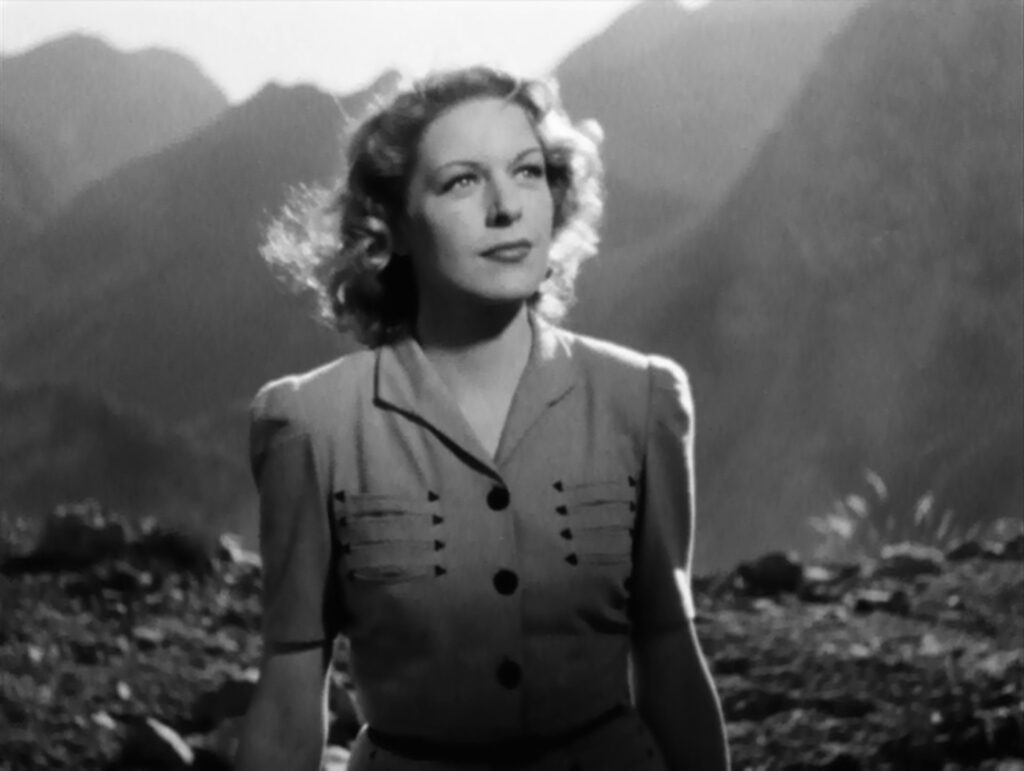
Lumière d’été
1943, directed by Jean Grémillon
Lumière d’été opens with the staccato notes of a horn resounding through a valley, warning anyone nearby that workers are detonating explosives to build a dam. To say that the horn’s irregular rhythm sounds like Morse Code would sound fanciful were it not for the fact that at least two other French allegories from 1943 also begin that way: The Hand of the Devil leads in with a man tapping his knife on a dish to an irregular rhythm; and Voyage Without Hope starts with literal Morse Code on a police wire.
It’s not hard to guess why starting a movie with pulsing noises was so fashionable that year. France was under Nazi occupation, and German authorities supervised film production closely. Although many of the best filmmakers supported the Resistance, they could only deliver anti-fascist messages if they coded them to reach French audiences while making sure that German censors would miss the point. Starting a movie with a semblance of Morse Code was one way to cue perceptive viewers to be alert to secret content.
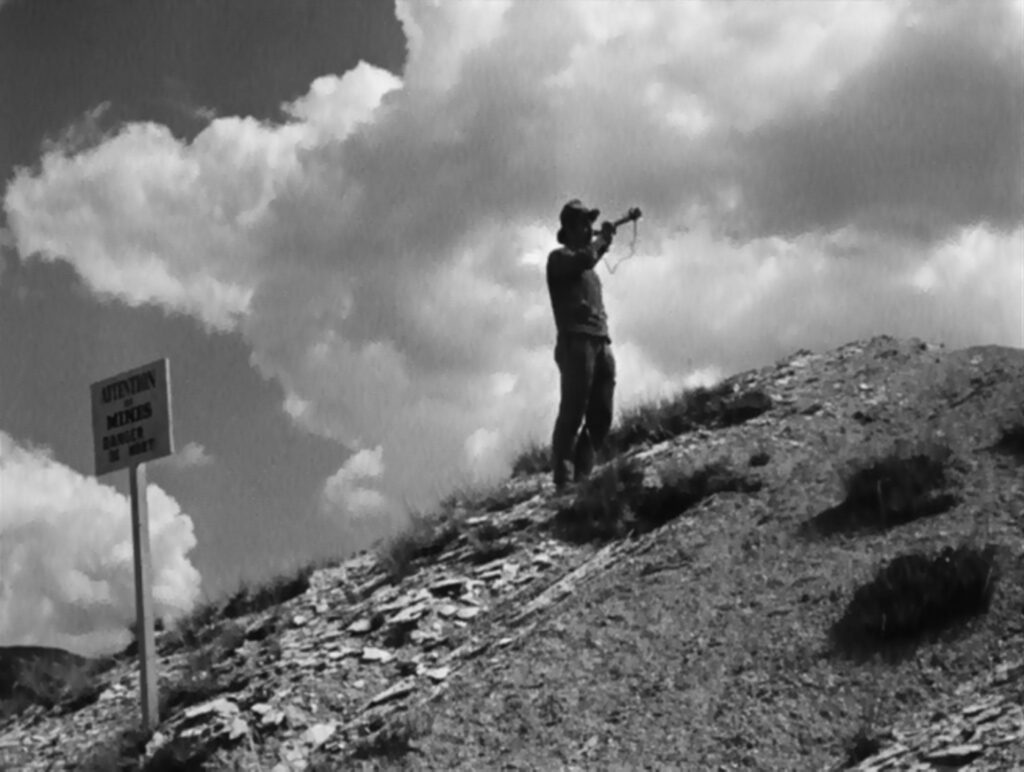
In case the point of the horn’s signal wasn’t clear, there’s a large cloud behind it whose outline resembles France’s northern and western coasts including the Brittany peninsula. Only a subversive movie would display such a patriotic image during enemy occupation. Additionally, with all of its explosions the dam site looks like a minefield or a war zone, so contemporary audiences would catch on that the movie was going to be about France’s present conflict. In case anyone missed it, the same horn and the exact same cloud are repeated just over half an hour in when Michèle wanders into the construction zone.
Although a few earlier allegories had characterized the German occupiers as devils or villains, most of the anti-Nazi French films of this period focused on French society itself, not only because that was prudent, but also because it was useful. By addressing internal divisions within France, they called for greater national unity or reminded audiences of French values. Lumière d’été is in the same mold, avoiding direct reference to Nazis or to Germany except in the alleged appearance of an eagle in the sky, merely acknowledging their presence. One of the dam workers keeps trying to shoot the eagle, but so far without success. Instead, the characters and settings map onto three main sectors of French society, with a few nuanced particulars mixed in. The movie alternates between three distinct worlds around the remote mountain valley: the Guardian Angel Hotel, Château Cabrière, and the dam.
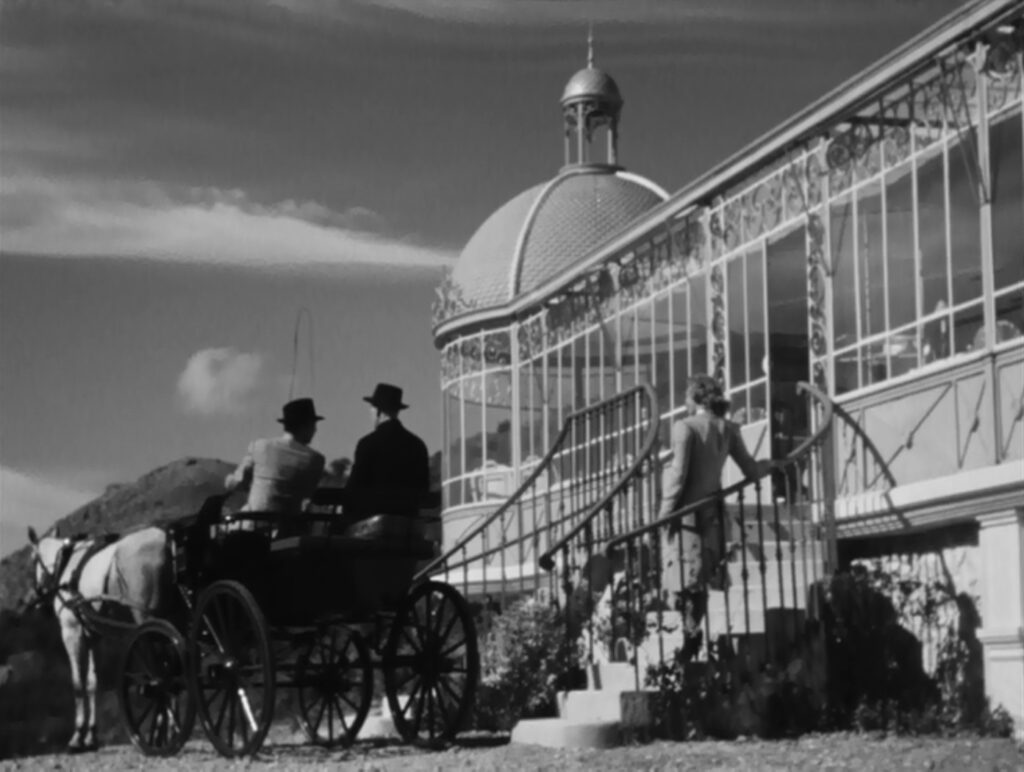
The Guardian Angel Hotel is an elegant crystal palace perched all by itself on a bare mountainside. Its proprietor Cri-Cri keeps in her office a giant Victorian bird cage whose turrets and thin latticework exaggerate the hotel’s features to the point of resembling a castle, exposing her affinity to the aristocracy. The hotel is run by and for the bourgeoisie, with conservative guests like Monsieur Martinet who considers the Eiffel Tower a modernist abomination. Cri-Cri is an aging ballerina in love with the noble Patrice and jealous of his interest in Michèle. Her alliterative name, like Nina in La nuit fantastique, links her to Coco Chanel, the wealthiest person in France at the time, who notoriously fraternized with Nazis, and whom French loyalists considered a traitor. The hotel and its regular guests come across as affected and out of touch, like the opportunistic bourgeoisie who were willing to work with the Nazis.
Château Cabrière is a fairy tale world with gardens, towers, spacious halls, fountains, and a masked ball. Its lord is Patrice, whose name suggests the patriciate, the heirs to France’s nobility. Since the French Revolution the aristocracy itself no longer dominated France, but the ideological heirs to royalist politics, the conservatives nostalgic for the ancien régime, were still numerous, and they were the class who supported the invading Germans most enthusiastically. Patrice’s fondness for rifles and riding uniforms gives him the bearing of a Nazi, and his history of murder would remind viewers of fascists, but French audiences would probably recognize him as a homegrown Nazi sympathizer. Fascists were famous for their bad taste, and when Roland proposes painting the château’s salon all white, Patrice declares that it would be a masterpiece.
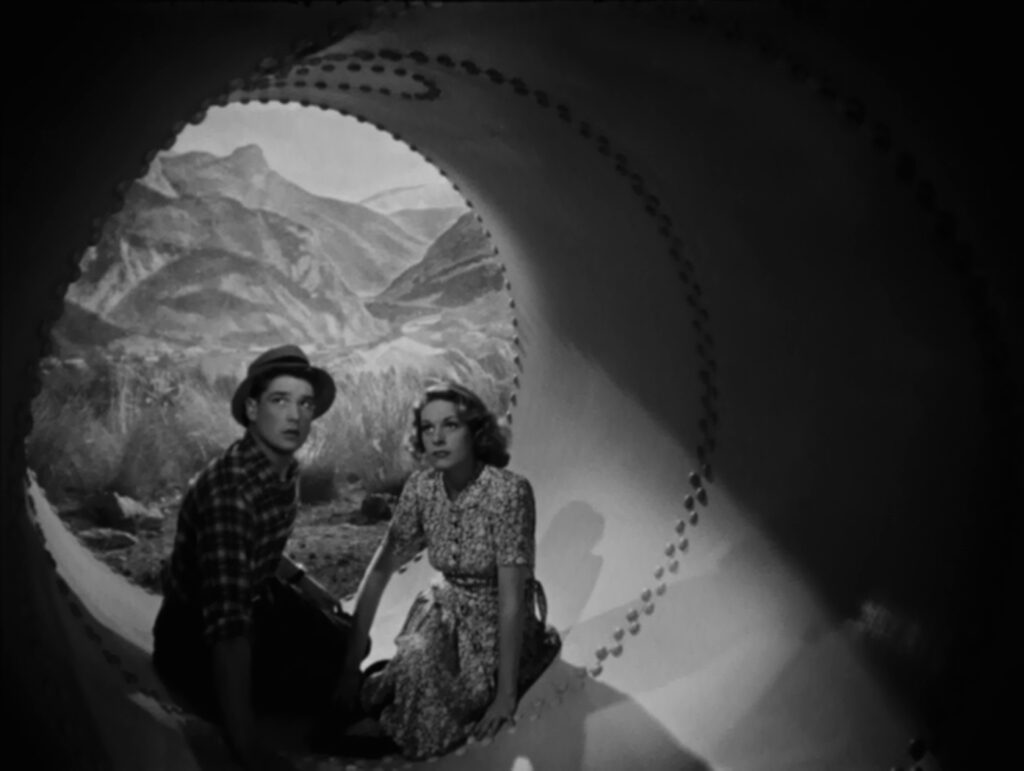
The third setting is the construction site, which is filled with images of industrial strength: towers, cable cars, giant lifts, railroads, and the dam that’s being built. The people there are straightforward and hard working, and their foremost representative is Julien, a handsome young engineer with exemplary manners, recently arrived from Paris. The dam is a metaphor for the French Resistance – one is a barrier against water, the other a barrier against fascism. The site is served by a railroad and is full of explosions, just as the Resistance was engaged in sabotaging German rail transport, sometimes with explosives. The Resistance drew its ranks largely from the working class, including labor unions, and the construction workers in Lumière d’été are portrayed sympathetically, contributing to society in a way that the bourgeoisie and aristocrats do not.
Together these three locations define the landscape of a class society riven by divergent motives, allegiances, and ideologies. In short, they define France itself. Still, one major sector of French society is missing – the artistic and intellectual class, and Roland steps in to fill this role. Roland is an artist visiting from Paris. He stays at the Guardian Angel Hotel but goes to work for Patrice, just as France’s real artists and intellectuals lived among the bourgeoisie and served the patriciate. Intellectuals and artists had always found a respected place in France, more than in most countries, but during the Nazi occupation their bold thinking, which had once been the conscience of the nation, faltered to the level of uselessness. Too many of them were seduced by fascism, exposing themselves as poseurs. Roland, accordingly, is a self-pitying failure and a drunkard, and he goes to the costume ball as Hamlet, the most famously indecisive character in all of literature. Even his name, which in earlier allegories had served as a cloak of ambiguous nationality (it comes from a legendary fighter under Charlemagne, a Frankish hero claimed by both French and Germans as one of their own), is in this case a mark of ambivalent allegiance.
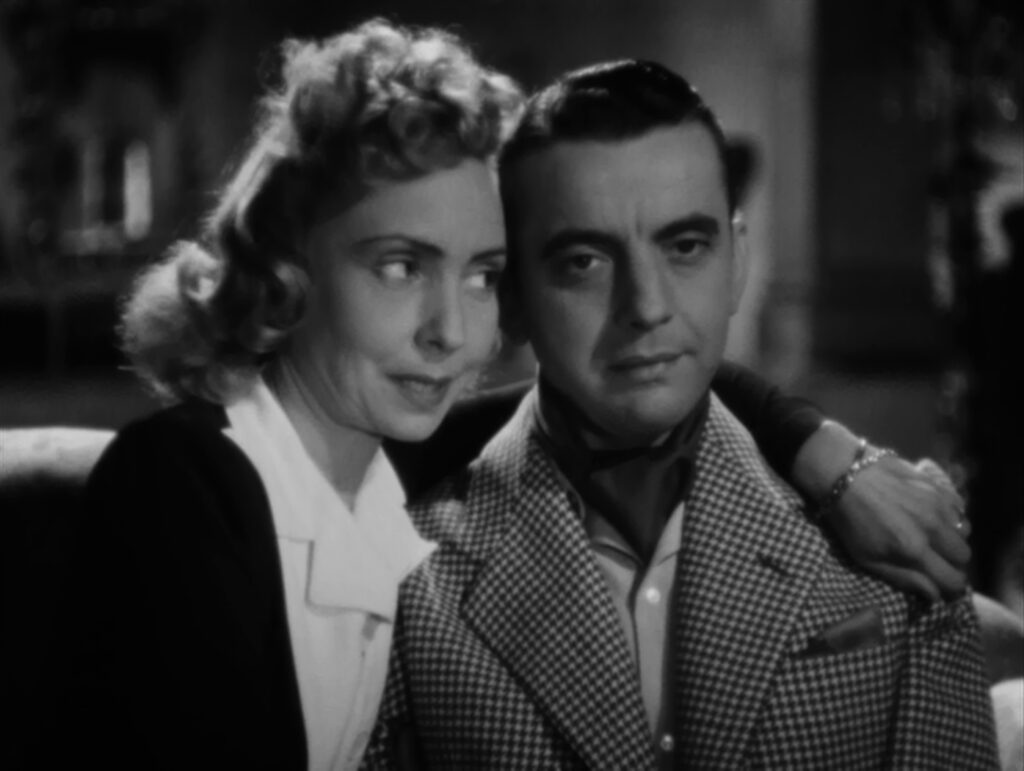
The one character who doesn’t belong to any of these three worlds is the protagonist, Michèle. If the mountain valley with its three diverse arenas represents French society, Michèle represents the heart of France, left to decide among the three men who desire her – Roland, Patrice, and Julien – just as the cultural elite, the royalists, and the working class all wished to win the nation’s devotion and loyalty. She’s already attached to Roland when she arrives in the valley, just as the heart of France had long belonged to its artists and thinkers, but under present circumstances Michèle is losing interest in him. Patrice woos Michèle, but he has nothing to offer besides the illusion of antique glory. His bid is hopeless. Julien annoys her with his presumptuous claims on her, but she finds herself drawn to his sincerity.
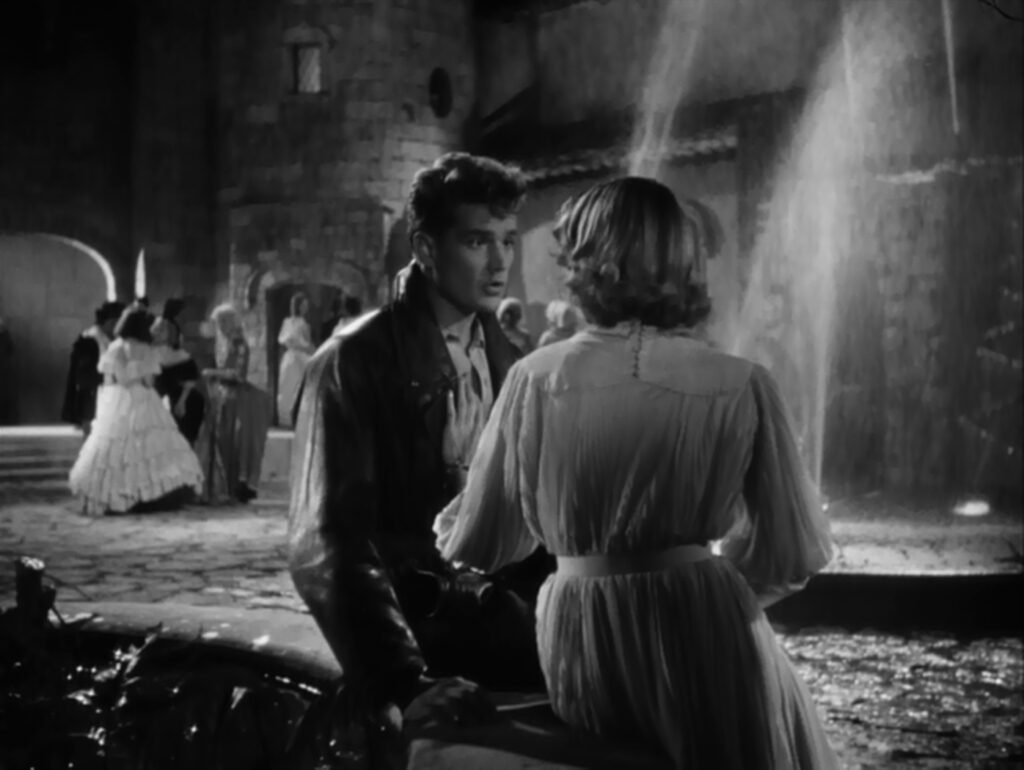
As the plot heats up, the characters come together in a costume ball at the château. A grand party might be a strange metaphor for an occupied country in the midst of a world war, except that it mixes chaos, heightened emotions, and people posing in exaggerated roles that reveal their true selves. Patrice and Cri-Cri dress in baroque costumes of the French nobility. Monsieur Martinet claims to be William Tell, though the apple on his head actually makes him the son of the Swiss hero, a famous shooting target. Julien, significantly, wears no costume and doesn’t pretend to be anyone else. Fantasy eventually must give way to reality, and the last scene brings everyone together at the dam. Roland dies of a chest injury caused by driving drunk, Patrice dies a coward’s death while trying to kill Julien, and Julien wins Michèle’s heart and walks off with her at the end. Throughout Lumière d’été all sectors of society are closely interrelated, as they are under the reality of foreign occupation, but the ending tells us that France belongs to the people who are working to save her… that is, to the Resistance.
CONNECTIONS:
The Assassination of Père Noël – Name “Roland” used in an allegory for its dual French & German origin
La nuit fantastique – Character with alliterative name who stands for Coco Chanel
Goupi Mains Rouges – Woman choosing among suitors, who stands for France choosing among its options
The Hand of the Devil – Opening resembling Morse Code; name “Roland” used in an allegory for its dual French & German origin
Voyage sans espoir – Opening resembling or using Morse Code
Early Summer – Subliminal icon of the nation in the sky